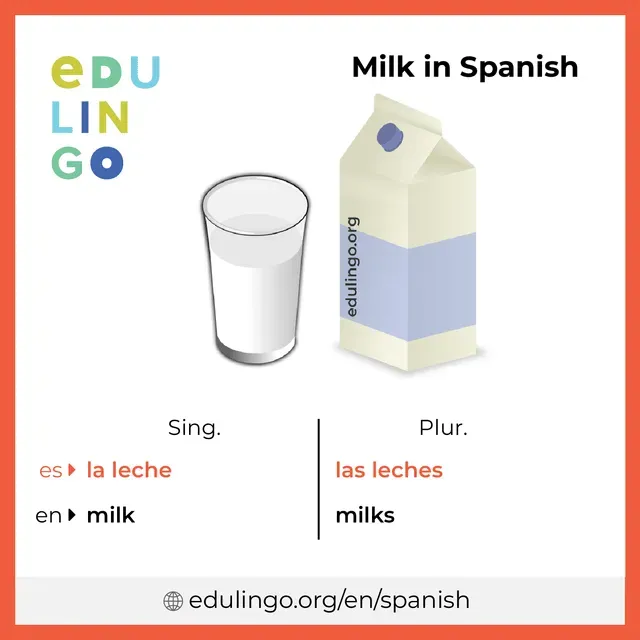Table of Contents
Ever stood in a Spanish-speaking café or grocery store, desperately wanting your usual low-fat milk but only managing a hopeful gesture towards the dairy section? You're not alone. Navigating language barriers, even for something as simple as ordering your morning coffee or buying groceries, can feel surprisingly tricky. Especially when you're trying to stick to your preferences, like needing low fat milk in Spanish. It's a common scenario, and fumbling through translations on your phone while a line forms behind you isn't anyone's idea of a relaxing experience.
The Two Main Ways to Say "Low Fat Milk"
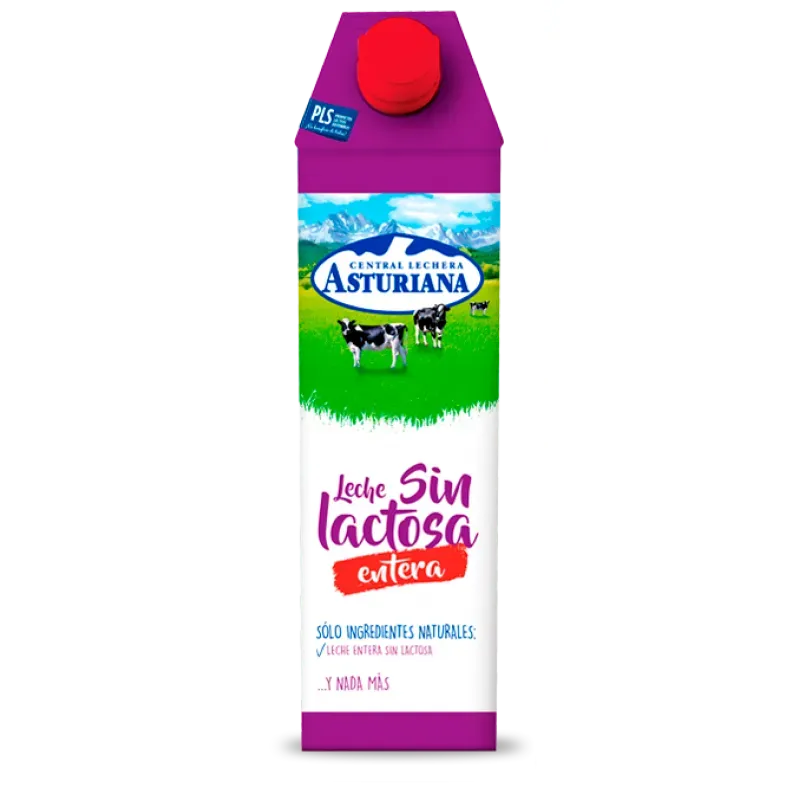
The Two Main Ways to Say "Low Fat Milk"
Understanding "Leche Descremada"
Alright, so you're trying to figure out how to order that less-guilty milk option. The first heavy hitter you'll encounter for low fat milk in Spanish is "leche descremada." Think of "descremada" as meaning "skimmed" or "cream-removed." It's a solid, widely understood term across many Spanish-speaking regions, especially for milk that's had most or all of its fat taken out. If you're aiming for something close to skim milk, this is your word. People use it in grocery stores and cafes regularly, so it's a safe bet when you're unsure.
Exploring "Leche Desnatada"
Now, the second main way to say low fat milk in Spanish is "leche desnatada." This term is super common in Spain, for example. "Desnatada" essentially means the same thing as "descremada" – milk with the cream or fat removed. While both terms are often interchangeable for low-fat or skim milk, you might hear "desnatada" more frequently depending on where you are. It’s good to know both because language has regional flavors, much like milk has different fat percentages. Knowing both gives you options and makes you sound less like a tourist reading from a phrasebook.
So, which one should you use?
- For widespread understanding: Leche descremada
- Common in Spain: Leche desnatada
- For general low-fat: Both work, but context helps
Understanding Variations: 1%, 2%, and FatFree

Understanding Variations: 1%, 2%, and FatFree
Understanding Variations: 1%, 2%, and Fat-Free
so "leche descremada" or "leche desnatada" gets you in the low-fat ballpark, but what if you're particular? Like, you need 1% or 2%? This is where things get slightly more specific, but still totally manageable. You'll often hear percentages used directly. For 1% milk, you'd ask for "leche de uno por ciento" or sometimes just "leche uno por ciento." For 2%, it's "leche de dos por ciento" or "leche dos por ciento." If you want true fat-free, which is essentially what "descremada" or "desnatada" often implies, you can reinforce it by saying "completamente descremada" or "totalmente desnatada." It's less common to specify "fat-free" with a percentage like "zero percent," but "sin grasa" (without fat) is another clear way to go.
To keep it straight:
- 1% Milk: Leche de uno por ciento / Leche uno por ciento
- 2% Milk: Leche de dos por ciento / Leche dos por ciento
- Fat-Free/Skim: Leche descremada / Leche desnatada / Leche sin grasa
Ordering Your Coffee or Cereal: Putting it into Practice
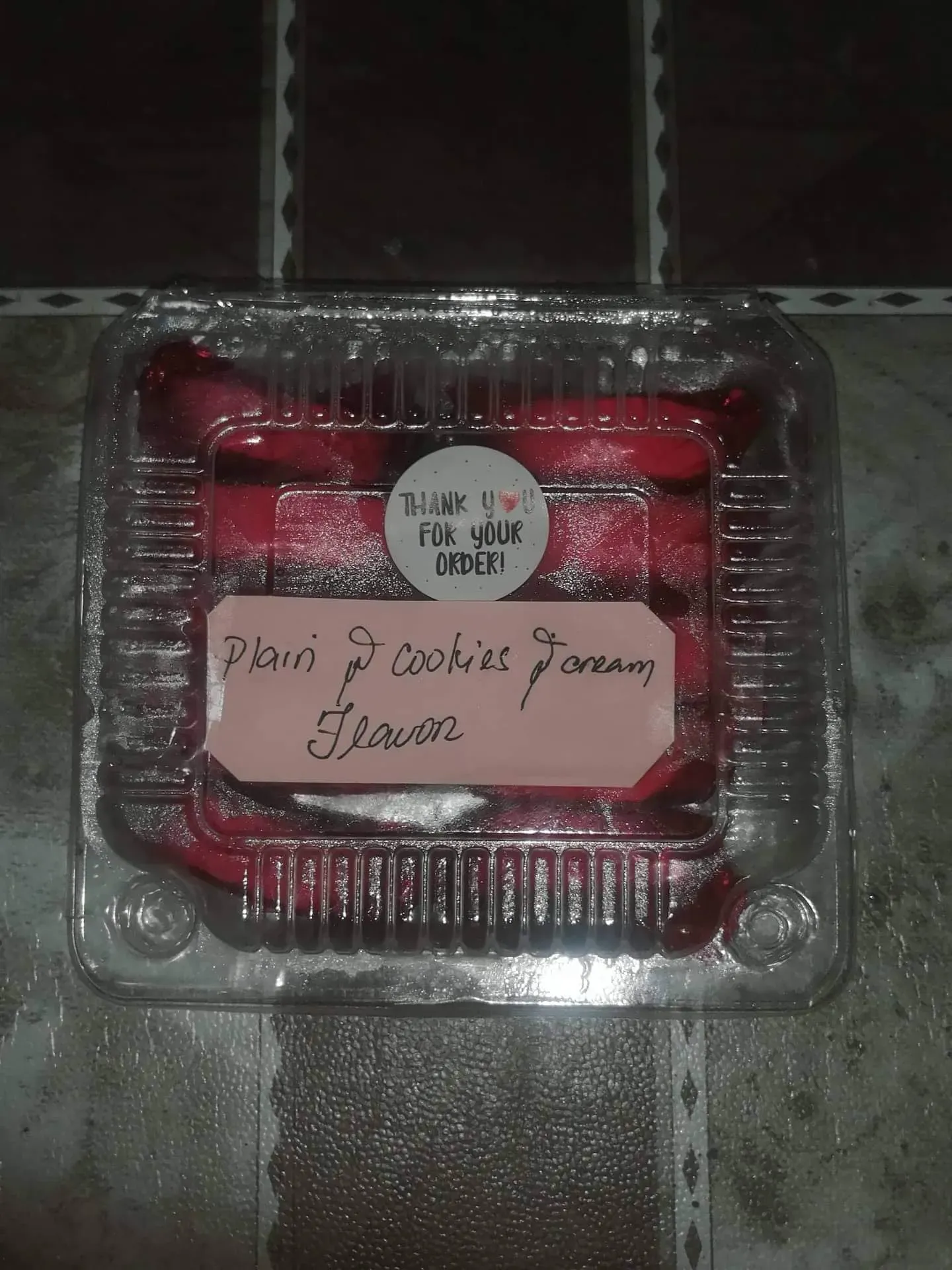
Ordering Your Coffee or Cereal: Putting it into Practice
Asking for Your Coffee with Low Fat Milk
so you've got the core terms: "leche descremada" or "leche desnatada." Now, how do you actually use them when you're standing at the counter, caffeine levels dropping? It's simpler than you think. Most of the time, you just need to swap out the standard milk type for your preferred low-fat option. If you're ordering a coffee with milk, you'd say something like, "Un café con leche, por favor, con leche descremada." Or, if you're in Spain, "Un café con leche, por favor, con leche desnatada." See? Just slot it in. You can also add "caliente" (hot) or "frío" (cold) if you have a preference. Don't overthink it. The staff hears requests for different milk types all the time. They just need to know which one you want instead of the default whole milk.
What if you want to be extra clear, maybe because you have dietary reasons? You could add "Quiero leche descremada, por favor" after ordering the coffee type. Or, if they ask "¿Con qué tipo de leche?" (With what type of milk?), you're ready with "Leche descremada" or "Leche desnatada." It really boils down to replacing the general "leche" with the specific kind you need. Getting your low fat milk in Spanish just requires knowing those key words and plugging them into your standard coffee order.
Buying Low Fat Milk at the Store or Ordering for Cereal
Let's say you're not at a cafe but stocking up at the grocery store or asking for milk to go with your cereal at breakfast. Buying milk is straightforward. Look for the cartons labeled "Leche Descremada" or "Leche Desnatada." Sometimes, especially with the percentage types, you'll see "Leche 1%" or "Leche 2%." The packaging usually makes it pretty clear once you know the key terms. If you can't find it or aren't sure, you can ask a store employee, "¿Dónde está la leche descremada/desnatada?" (Where is the skim/low-fat milk?).
Ordering for cereal is similar to coffee. If you're at a place that serves breakfast, you might ask, "¿Puedo tener leche descremada/desnatada para mi cereal?" (Can I have low-fat/skim milk for my cereal?). Again, inserting the specific milk type is the key. Knowing how to specify low fat milk in Spanish gives you control over your food and drink choices, making daily life smoother when you're speaking the language. It's a small thing, but getting your milk right feels surprisingly satisfying.
Here are some quick phrases to try:
- "Un café con leche descremada, por favor." (A coffee with skim milk, please.)
- "¿Tienes leche desnatada?" (Do you have skim milk? - Common in Spain)
- "Quisiera un vaso de leche uno por ciento." (I would like a glass of one percent milk.)
- "Necesito comprar leche sin grasa." (I need to buy fat-free milk.)
Beyond the Basics: Finding Other Spanish Translations
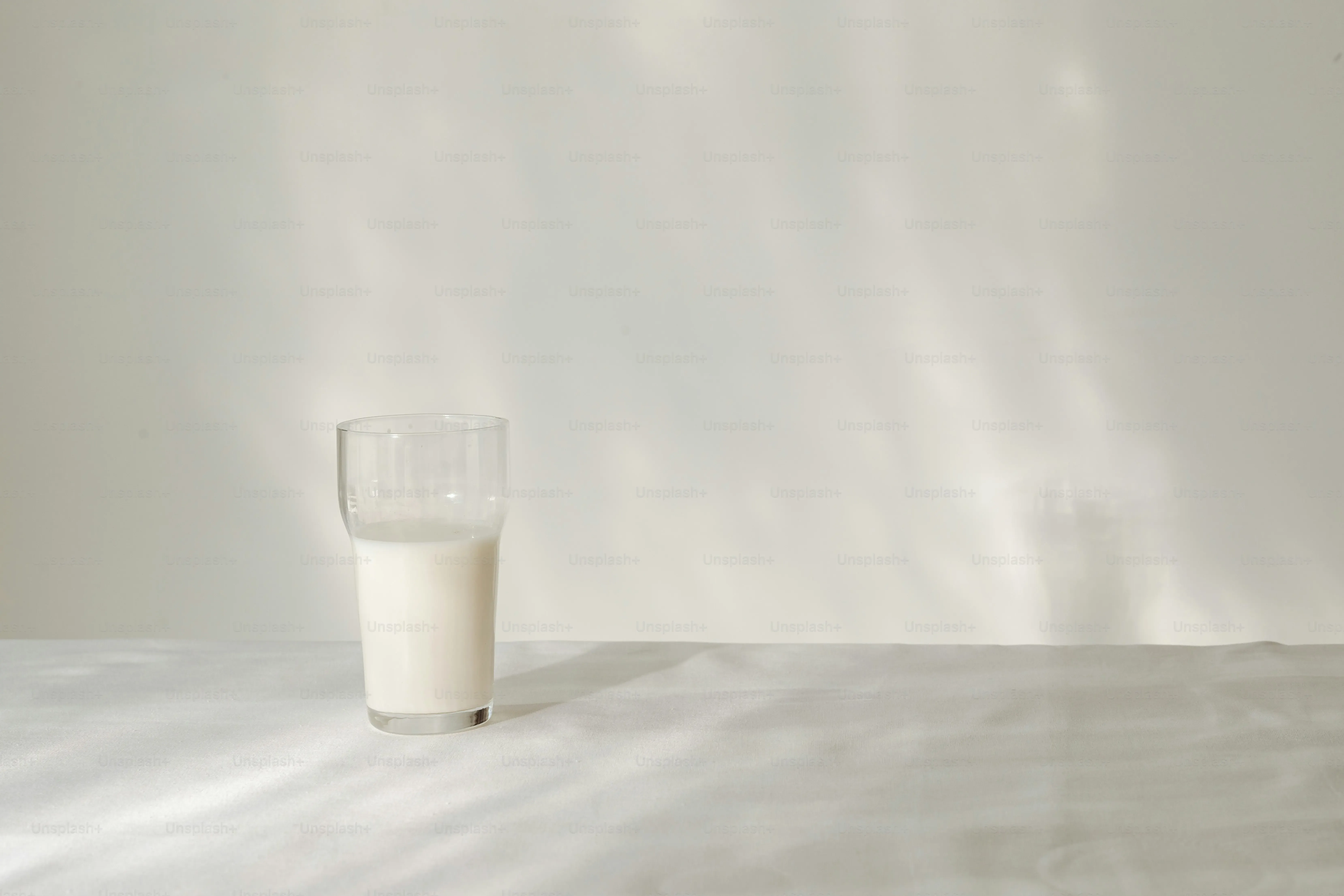
Beyond the Basics: Finding Other Spanish Translations
so we've covered the big two: "leche descremada" and "leche desnatada." But language, bless its heart, rarely sticks to just two options, right? Sometimes you might hear other terms, or see slightly different phrasing on packaging, especially in specific regions or smaller, local brands. If you're trying to go "beyond the basics" of just asking for low fat milk in Spanish, the best strategy is often context and confirmation. Look at labels closely – they might use terms like "bajo en grasa" (low in fat) or "reducida en grasa" (reduced in fat), though these are less common for the standard skim/low-fat milk carton itself and more for other dairy products. When in doubt, especially if you see a term you don't recognize, pointing to the milk and asking "¿Es bajo en grasa?" or "¿Es descremada/desnatada?" directly clarifies things. Don't be afraid to ask; people are generally happy to help you find what you need, even if your Spanish isn't perfect.
What’s the best way to handle a term you’ve never heard before?
- Ask for clarification: "¿Qué significa [the new word]?" (What does [the new word] mean?)
- Point and ask: "¿Esto es leche descremada/desnatada?" (Is this skim/low-fat milk?)
- Check a reliable online dictionary or translation app quickly if you have data.
- Look for the percentage (1%, 2%) as a universal clue.
Quick Answers to Your Low Fat Milk Questions
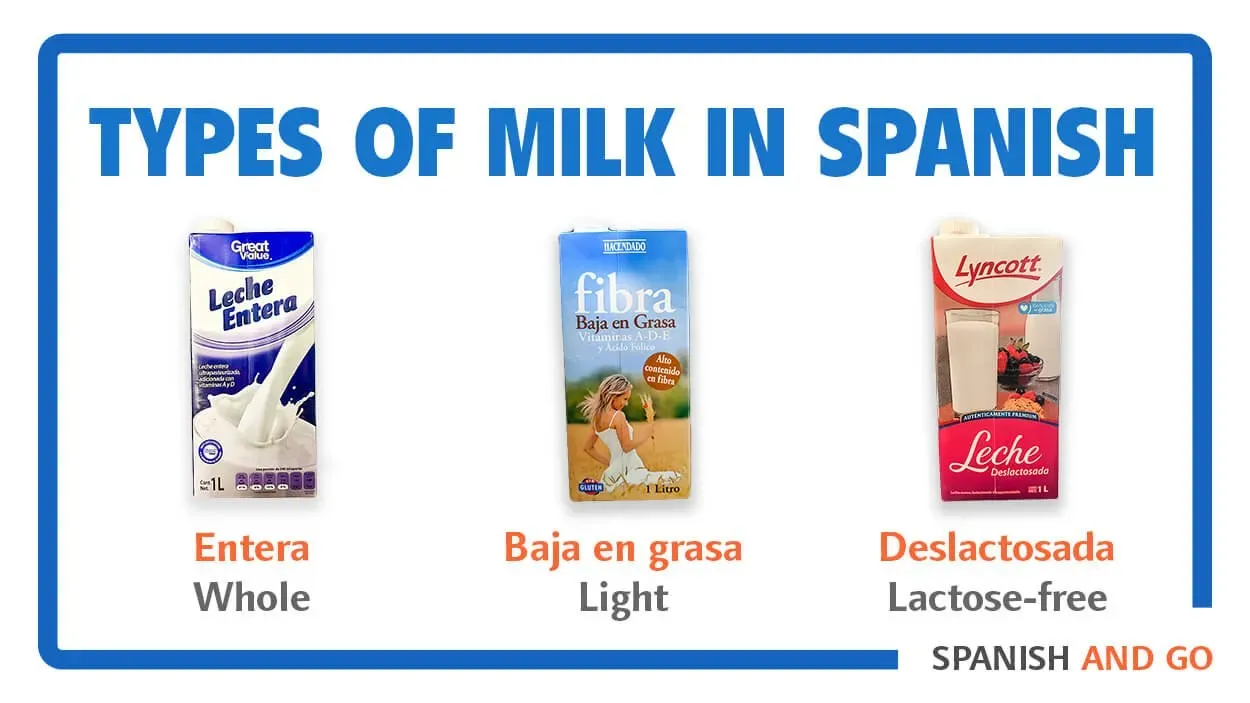
Quick Answers to Your Low Fat Milk Questions
let's wrap this up with some rapid-fire answers to common head-scratchers about getting your low fat milk in Spanish. People often wonder if there's a single, guaranteed phrase everywhere. The short answer is no, not always. "Leche descremada" and "leche desnatada" are your best bets, covering most bases, but regional variations exist. Think of it like asking for a soda or a pop – same thing, different word depending on where you are. Another frequent question is about finding specific percentages like 1% or 2%. Yes, you can ask for "leche uno por ciento" or "leche dos por ciento," and many places, especially larger stores, will have them clearly marked. Don't stress too much about getting the accent perfect; focusing on the right words is key. The goal is communication, not winning a linguistics award. Just ask clearly, and point if you need to. It works.
Got more questions swirling?
- Is "light milk" a thing? Not really. Stick to "descremada," "desnatada," or the percentages. "Light" (ligero/a) might apply to other products but not typically milk fat content.
- What if they only have whole milk? Then you're out of luck for low-fat at that specific spot. Sometimes you just have to roll with it or try somewhere else.
- Can I use "sin grasa"? Yes, "leche sin grasa" (milk without fat) is a perfectly clear way to ask for fat-free milk.
Getting Your Low Fat Milk in Spanish: You've Got This
So there you have it. Asking for low fat milk in Spanish doesn't require a linguistics degree. With a couple of simple phrases – leche descremada or leche desnatada – and a little practice, you can navigate the dairy aisle or order your coffee with confidence. Remember that regional variations exist, but these core terms are widely understood. Don't be afraid to try them out; most people are happy to help. Getting your preferred milk is now one less thing to worry about when you're speaking Spanish.
